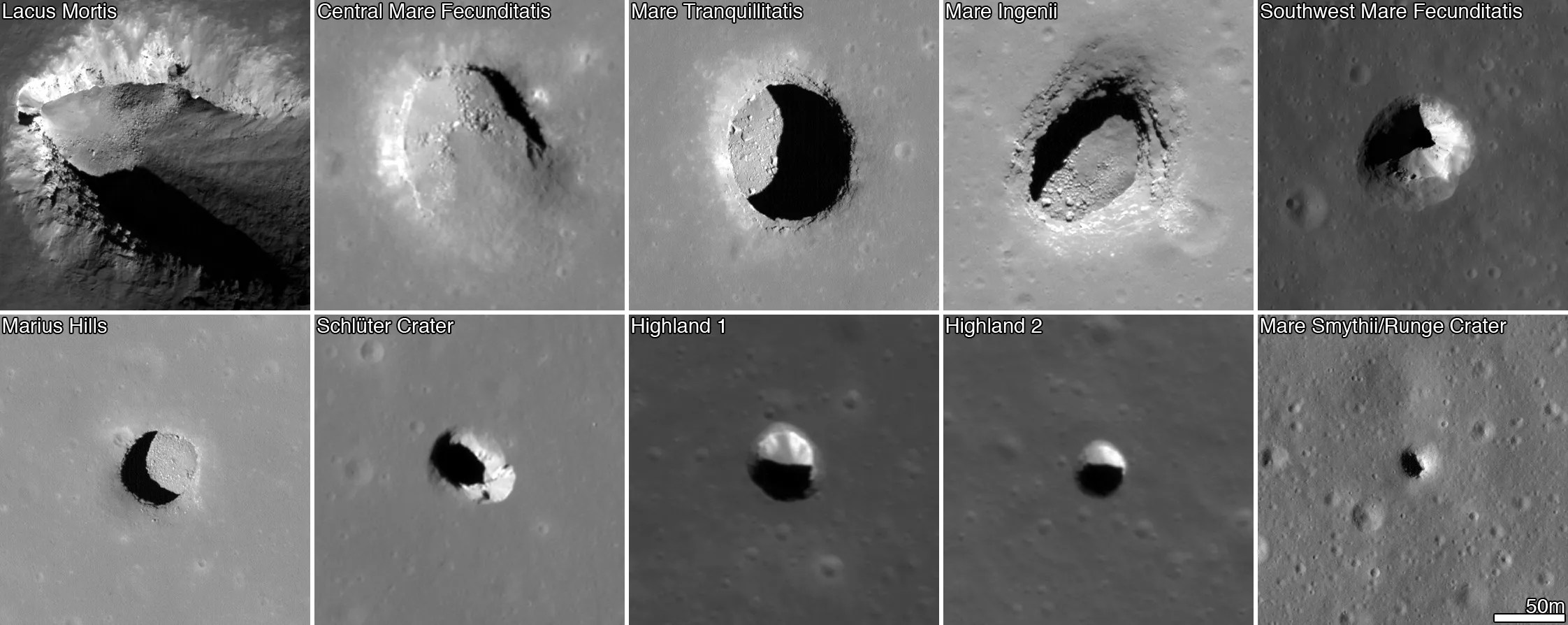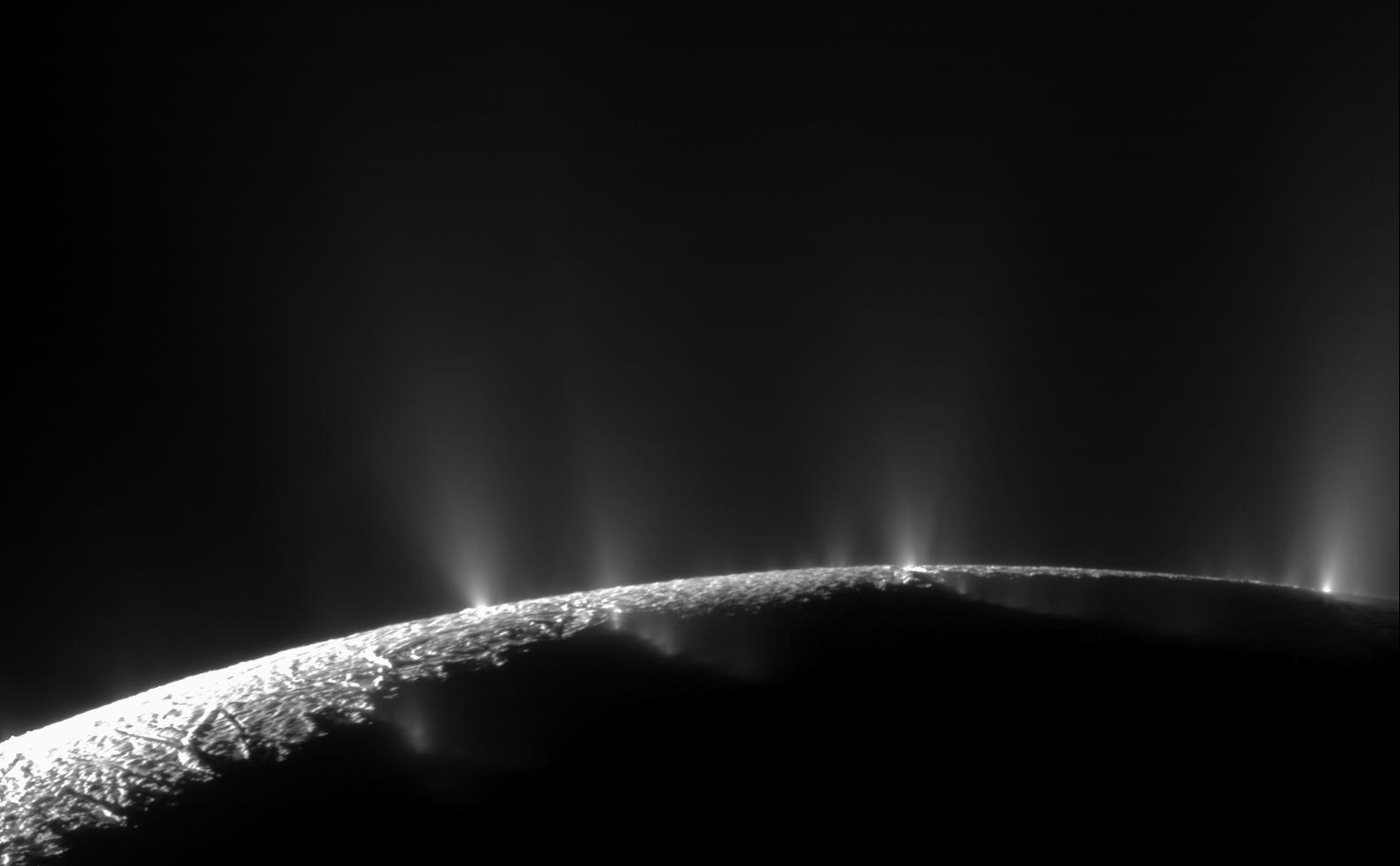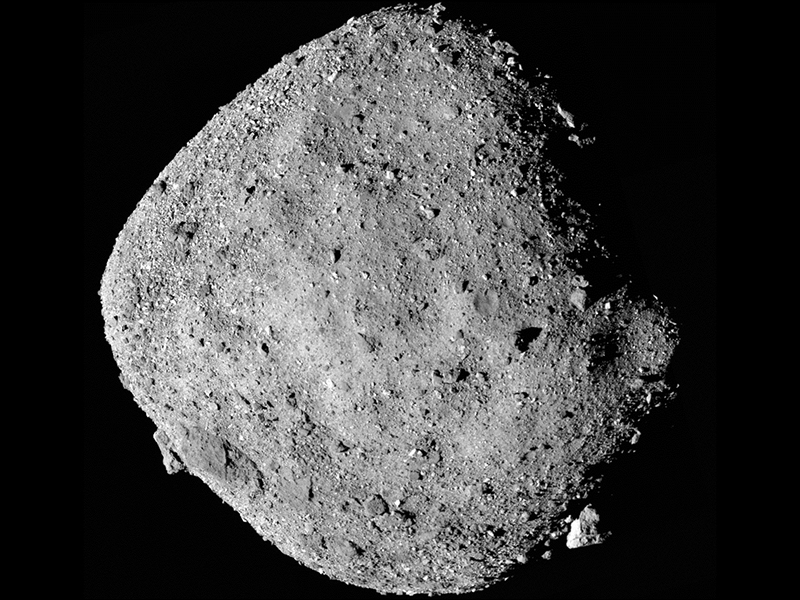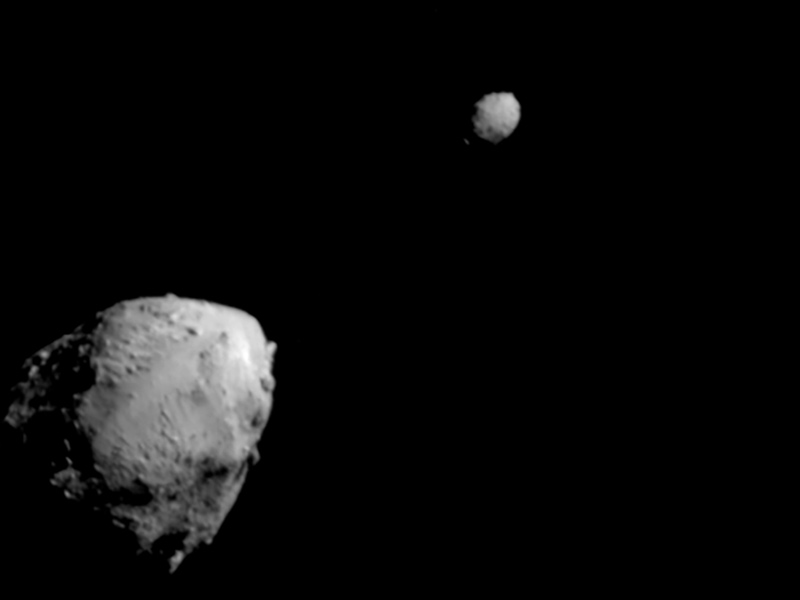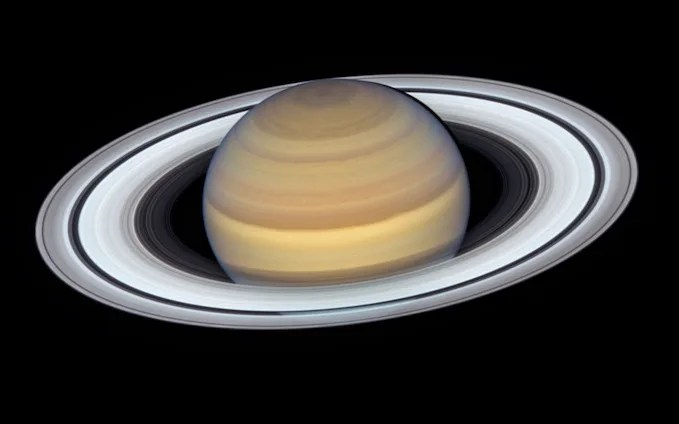From Impact to Innovation: A Year of Science and Triumph for Historic DART Mission
Last fall, the world watched as the DART spacecraft — the Double Asteroid Redirection Test — guided itself toward the asteroid Dimorphos for a direct collision, a major technical achievement and the first successful planetary defense test in history. DART targeted the asteroid moonlet Dimorphos, a small body just 490 feet (150 meters) in diameter, which orbits a larger, 2,500-foot (760-meter) asteroid called Didymos. Neither asteroid posed a threat to Earth, but the system proved to be the perfect target for the experimental mission.
As a part of NASA’s overall planetary defense strategy, DART’s impact with the asteroid Dimorphos demonstrated a viable mitigation technique for protecting the planet from an Earth-bound asteroid, if one were discovered. Revisit DART’s triumphant collision with Dimorphos and the resulting year of science analysis and discoveries that followed.
Milestones and Recognition
September 2022
Bullseye! NASA’s DART Mission Impacts Asteroid Target in World First (Sept. 26, 2022)
After less than a year journeying through space, DART successfully impacted its asteroid target on the evening of September 26, 2022. Designed, built, and managed by the Johns Hopkins Applied Physics Laboratory (APL), DART changed the orbit of a celestial body for the first time in human history, demonstrating one possible capability to defend Earth from a potential future impact. Mission control at APL in Laurel, Maryland, erupted in cheers as APL mission systems engineer Elena Adams announced the successful impact at 7:14 p.m. EDT.
October 2022
NASA Confirms DART Mission Impact Changed Asteroid’s Motion in Space (Oct. 11, 2022)
It didn’t take long to learn just how much of an impact DART had made. Just a little over two weeks since it intentionally crashed head-on into Dimorphos, the science investigation team’s early data analysis confirmed the collision had significantly altered the asteroid’s orbit by 32 minutes, with an uncertainty of plus or minus 2 minutes (later revised to 33 minutes after more observation). Prior to DART’s impact, it took Dimorphos 11 hours and 55 minutes to orbit its larger parent asteroid, Didymos. After DART’s “nudge,” astronomers used telescopes on Earth to measure the altered orbit, which had been shaved down to 11 hours and 23 minutes.
November 2022
The excitement of DART’s historic impact gave way to a few victory laps as the mission began to receive accolades from various media outlets. The editors of Popular Science magazine named DART one of the top technology innovations of 2022. As a winner of a “Best of What’s New” award in the aerospace category, the spacecraft stood out as one of the most incredible and innovative technologies and products from the past year. “Thanks to DART, humans have redirected an asteroid for the first time,” Popular Science noted. “The dramatic experiment gives astronomers hope that perhaps we could do it again to avert an apocalypse.”
December 2022
Scientists Following a Dusty Tail to Shape the Story of DART’s Impact (Dec. 15, 2022)
The investigation team continued digging into the implications of how this planetary defense technique could be used in the future and what the DART experiment had revealed about near-Earth asteroids. This included further analysis of the “ejecta” — the many tons of asteroidal rock displaced and launched into space by the impact — the recoil from which substantially enhanced DART’s push against Dimorphos. Scientists now estimate DART’s impact displaced more than twenty million pounds (ten million kilograms) of the dusty rock into space.
February 2023
DART Mission Receives Space Foundation Achievement Award (Feb. 8, 2023)
In the midst of this busy period of science analysis for the DART team, the mission continued racking up accolades. This time, the mission team was selected to receive the 2023 Space Achievement Award, a top award from the Space Foundation. This annual award recognizes individuals or organizations that have demonstrated breakthrough space technology or program success representing milestones in space exploration.
March 2023
NASA’s DART Data Validates Kinetic Impact as Planetary Defense Method (Mar. 1, 2023)
After months of analysis, the science investigation team published four papers in the journal Nature detailing the precise effects of the DART impact and confirming that a kinetic impactor mission like DART can be effective in altering the trajectory of an asteroid, a big step toward the goal of preventing future asteroid strikes on Earth.
DART Team Earns National Space Club and Foundation Aerospace Award (Mar. 9, 2023)
In recognition of its successful completion of the world’s first planetary defense test mission, DART earned the National Space Club and Foundation’s Nelson P. Jackson Aerospace Award, which honors the previous year’s most outstanding contribution to the missile, aircraft or space field. The 2023 Jackson Award was presented to representatives of the DART team during the annual Goddard Memorial Dinner on March 10.
April 2023
APL Space Exploration Sector’s Ed Reynolds, project manager of the DART mission, was named to the 2023 TIME 100 list of most influential people. Each year, TIME honors artists, innovators, leaders, icons and pioneers from around the globe who are changing the world. Reynolds was recognized for his role at APL in leading the DART mission.
May 2023
Fast Company Names Two Johns Hopkins APL Innovations as “World Changing Ideas” (May 2, 2023)
The mission was honored with Fast Company magazine’s 2023 World Changing Ideas awards, with DART named the winner in the experimental category. A panel of Fast Company editors and reporters selected winners and finalists from a pool of more than 2,200 entries across urban design, education, nature, politics, technology, corporate social responsibility and more. The World Changing Ideas awards honor sustainable designs, innovative products, bold social initiatives and other creative projects that are changing the way we work, live and interact with the world.
DART Mission Recognized for Aerospace Excellence (May 19, 2023)
The American Institute of Aeronautics and Astronautics (AIAA) recognized DART with the organization’s newest award — the AIAA Award for Aerospace Excellence — at the AIAA Awards Gala on May 18. The AIAA Premier Awards commemorate the “most influential and inspiring individuals in aerospace.” The Aerospace Excellence award celebrated DART for marking “humanity’s first time purposely changing the motion of a celestial object by a team of protectors of our home planet.”
June 2023
Several Asteroids Named for DART Team Members (June 2023)
Several of the scientists and engineers who made the DART mission a smashing success last year were honored with the very objects they aimed to defend Earth against: asteroids. A June 2023 bulletin of the WG Small Bodies Nomenclature (WGSBN) working group — the assembly within the International Astronomical Union (IAU) charged with assigning names to comets and asteroids — announced that several DART team members will have an asteroid named after them.
September 2023
Communications Team Wins Gold for DART Impact Campaign (Sept. 2023)
A little more than eight months after helping to share with the world the historic impact DART made on the asteroid Dimorphos, the NASA and APL communications teams received several social media and digital video awards for their work. In May, APL’s DART digital team and their NASA colleagues received a gold honor in Government & Politics at the 15th Annual Shorty Awards, and the DART impact broadcast team nabbed three Telly Awards, which honor excellence in video and television across all screens.
The Future of Planetary Defense
At the one-year mark, it’s easy to look at DART as a mission that’s essentially over. But in truth, as the first planetary defense test, DART is just the beginning, serving as a daring dive into the global field of planetary defense. Hera, a follow-on planetary defense mission led by the European Space Agency (ESA), is poised for launch in October 2024. The mission will revisit the Didymos asteroid system to study the aftermath of DART’s kinetic impactor experiment and further enhance future asteroid deflection missions and science.
Since before the inception of its Planetary Defense Coordination Office (PDCO) in 2016, NASA has been cataloging and tracking potentially hazardous near-Earth objects (NEO). The science gleaned from NASA’s asteroid and planetary defense missions will help further hone strategies and technologies for mitigating potential NEO impacts. The next mission out of PDCO is NEO Surveyor, a new infrared space telescope designed to discover at least 90% of asteroids 460 feet (140 meters) in size or larger. NEO Surveyor will continue to expand NASA’s ability to find potentially hazardous asteroids and comets well before they pose an impact threat to Earth, a key part of the agency’s planetary defense strategy. The more warning time we have before a potential asteroid impact, the more likely it is that the technology demonstrated by DART would be able to prevent an impact (though no known NEOs are a significant threat at this time).
For more than a decade, APL engineers and scientists have worked on concepts and technologies to prove that it is possible to defend our planet from an asteroid on a potentially catastrophic Earth-impact trajectory. In addition to developing DART for PDCO, APL has hosted and guided planetary defense tabletop exercises for NASA and continues to explore ways to strengthen multi-agency approaches to planetary defense.
The seemingly simple, yet technologically innovative approach that enabled the DART mission not only paved the way for future planetary defense advancements but has also showcased the potential of technology that might, in the future, defend our planet.



























